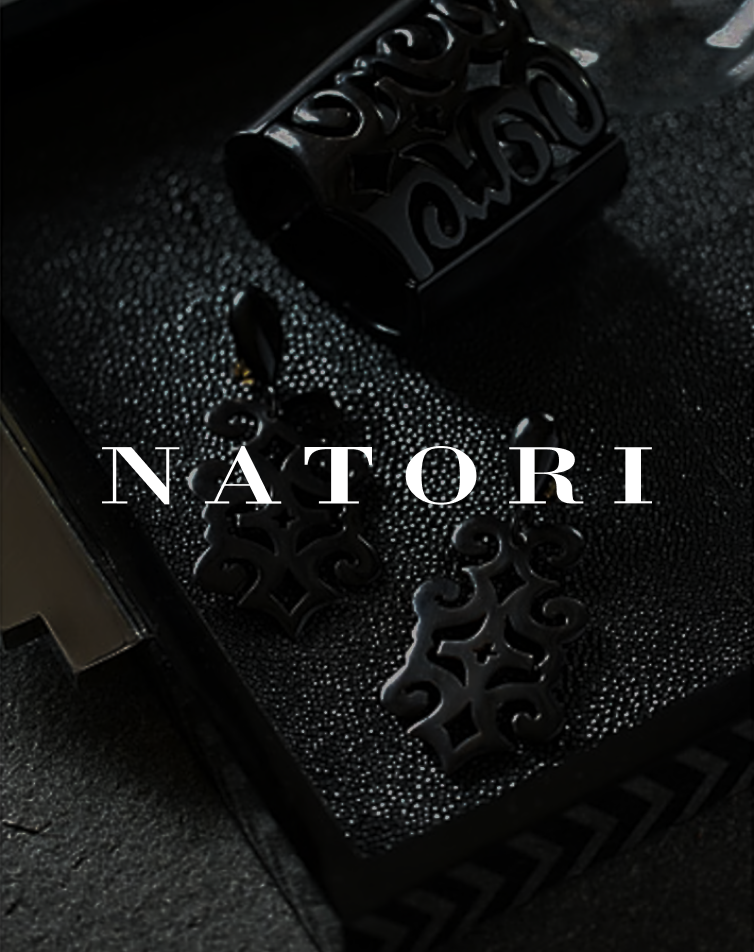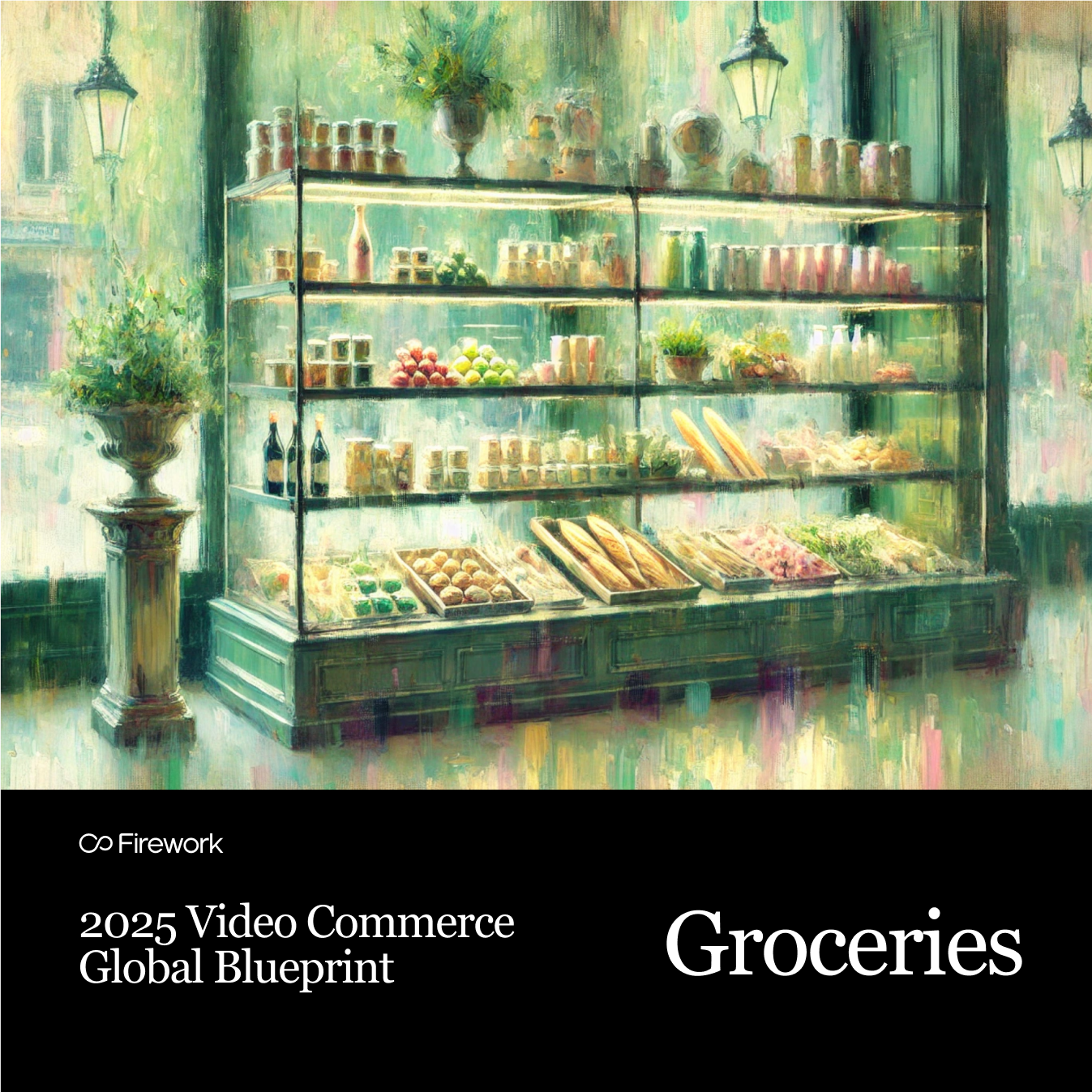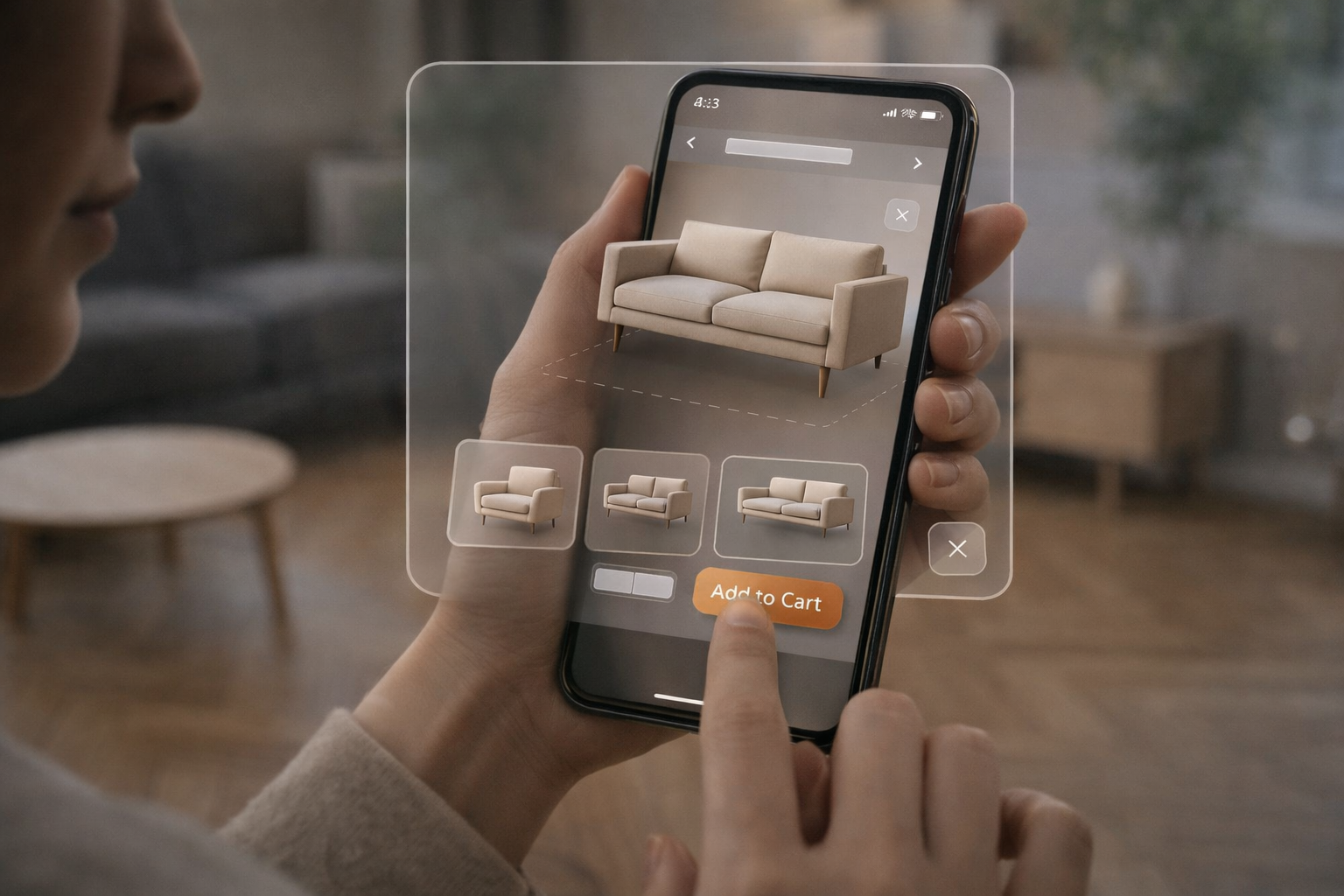Seventy percent of online carts are still abandoned before checkout.
It tells us shoppers want to buy—but somewhere between curiosity and confidence, the experience breaks. If you’re looking for a fix, start where the decision is really made: the product detail page (PDP).
For years, the PDP was treated like plumbing—specs, SKUs, a few images, a “buy” button.
That world is gone. With AI search and new discovery habits, more shoppers now land directly on a PDP than ever before. The page is no longer the end of the funnel; it’s where the funnel begins and ends.
Discovery, evaluation, and conversion now happen in one session—and often, on one screen. This isn't a theory. It’s what shoppers are already doing.
Why the PDP Is Carrying More of the Journey
Shoppers are arriving with higher intent—and higher expectations.
AI now plays a role in 72% of shopping journeys, which means queries look more like questions and less like keywords.
At the same time, 79% of consumers say user-generated content (UGC) influences their purchase decisions. When intent is high, authentic peer content converts roughly 30% better than traditional branded assets.
Put simply: people trust people.
They expect to find proof—not promises—right on the page.
If your PDP still reads like a product sheet, you’re leaving confidence and revenue on the table.
The New Job of the PDP
A high-performing PDP has three jobs:
1. Inspire Discovery
Short-form video, creator and customer clips, try-ons, demos, and reviews help shoppers understand the product in context.
This isn’t a “nice to have” anymore—it’s the fastest way to answer the first question every buyer has: Will this work for me?
2. Remove Friction
AI FAQs that anticipate objections and answer them directly on the page keep shoppers from bouncing to another tab.
Clear, scannable specs and comparison tables help people evaluate without effort. Good PDPs feel light even when they carry a lot of information.
3. Convert with Confidence
Strong visual hierarchy, social proof, delivery and returns clarity, and relevant add-ons build momentum. When shoppers feel seen and supported—they buy.
The PDP should tell a single, coherent story that moves a shopper from maybe to yes—without making them work for it.
Simplicity Wins, But It Must Be Informed
Most teams don’t lack content—they struggle to curate and present it. Every pixel competes for attention, and attention is short. This is where AI helps in practical ways. Real-time signals can reveal which assets actually improve decisions and which add noise. Over time, you can remove what doesn’t move the needle, lift what does, and stop guessing.
A simple rule of thumb:
If a shopper has to scroll, search, or leave the page to answer a basic question, the page isn’t finished.
The PDP Is Also Competitive Ground
Competition no longer lives only in search results—it lives on your PDP.
Market leaders must defend their share on the page with clarity and confidence. Challengers can win by showing up with better content and a cleaner experience in the exact moment a shopper is choosing. Paid or unpaid, every element on the PDP is a lever—reviews, UGC, video, AI FAQs, bundles, and cross-sells all influence who earns the click and the sale.
Brands and Retailers Have to Meet in the Middle
There’s a familiar tension between control and collaboration. Brands protect their image and voice while Retailers protect the integrity of the site and the shopper experience. Both concerns are valid—but overprotection makes pages sterile. Shoppers don’t live inside brand guidelines; they live in the real world.
The answer isn’t to give up guardrails—it’s to design for authenticity within them. Let reviews, customer photos, and diverse storytelling breathe on the page. Create clear rules for quality, accuracy, and safety, then allow the content that builds trust to do its work.
Scale Requires Smarter Curation, Not Endless Creation
Creating more content is expensive. Creating more of the right content—and mapping it precisely—is where the gains are.
AI now makes it possible to:
- Centralize assets
- Tag them effectively
- Match them to products and contexts
- Deliver them dynamically
The result: personalization without massive headcount.
One shopper may see a 15-second try-on clip next to the gallery, while another may see a sizing walkthrough in the AI FAQs. A third may see installation tips highlighted above the fold. Each gets what they need—and none of them have to leave the page to find it.
You don’t need infinite content. You need intelligent content, placed with intent.
Rethink Success While the Ground Keeps Shifting
What “good” looks like on the PDP isn’t fixed. Search evolves. Shopper behavior shifts. Teams test, learn, and iterate. Measurement has to evolve too.
Look beyond page views and last-click attribution. Instead, track:
- Engagement with decision-making content
- Watch time on videos that correlate to add-to-cart
- Reduction in exits from Smart FAQ engagement
- Impact on conversion rate, average order value, and repeat purchase
Success is dynamic. Treat it as a practice, not a finish line.
A Practical Checklist to Use This Quarter
If you’re starting or need momentum, here’s a simple plan:
- Make it visual. Add one high-quality short video per top SKU that answers the most common pre-purchase question.
- Add AI FAQs. Start with the ten questions your service team hears most and write clear, specific answers.
- Bring UGC onto the page. Curate clips and photos that show the product in use. Moderate for safety, not perfection.
- Simplify the layout. Remove one element per section that doesn’t help a decision. Tighten copy. Improve spec visibility.
- Map content to context. Use signals like traffic source, returning visitor, or category path to display the most relevant assets.
- Measure what matters. ChooseTalk with our team: Explore what a next-generation PDP could look like for your brand. three PDP metrics that tie to outcomes, then build weekly review routines.
None of this requires reinventing your tech stack—it requires focus, iteration, and ownership.
The Takeaway
The PDP is no longer a page you maintain—it’s the storefront you design.
It’s where discovery begins, trust is earned, and conversion happens.
If you want to see how leading teams are doing this right now, watch the full webinar.
Watch the Replay: PDP Is the New Storefront
Talk with our team: Explore what a next-generation PDP could look like for your brand.
Unlock Exclusive Insights
By submitting this form, you agree to Firework's privacy policy and consent to receive personalized marketing communications. You can unsubscribe at any time.
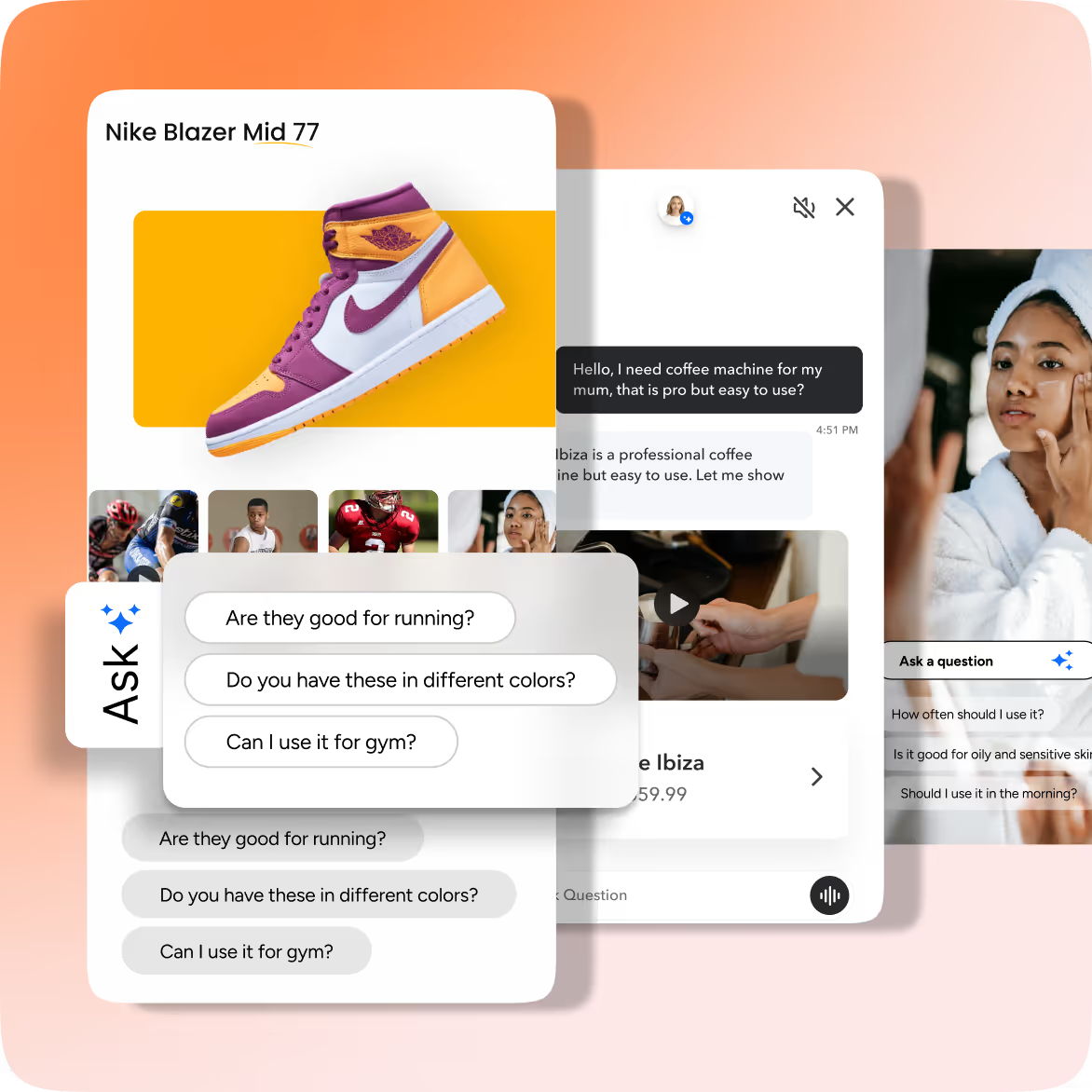
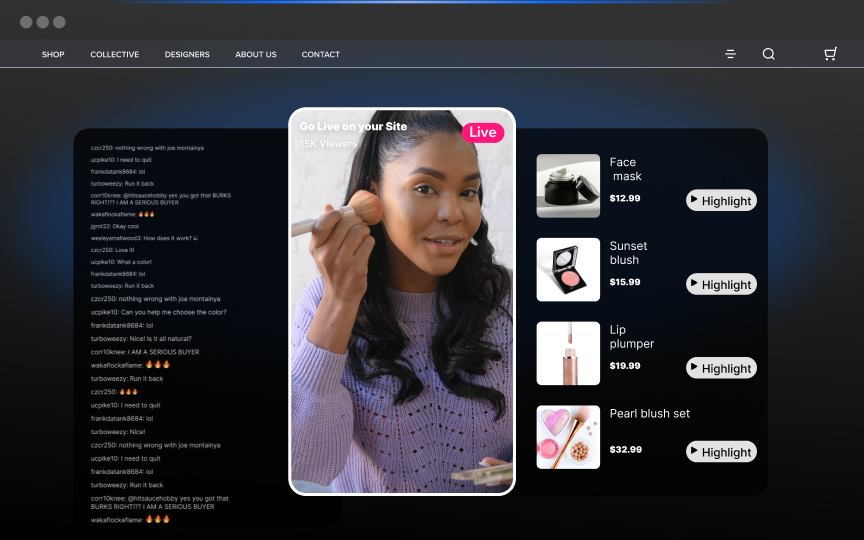
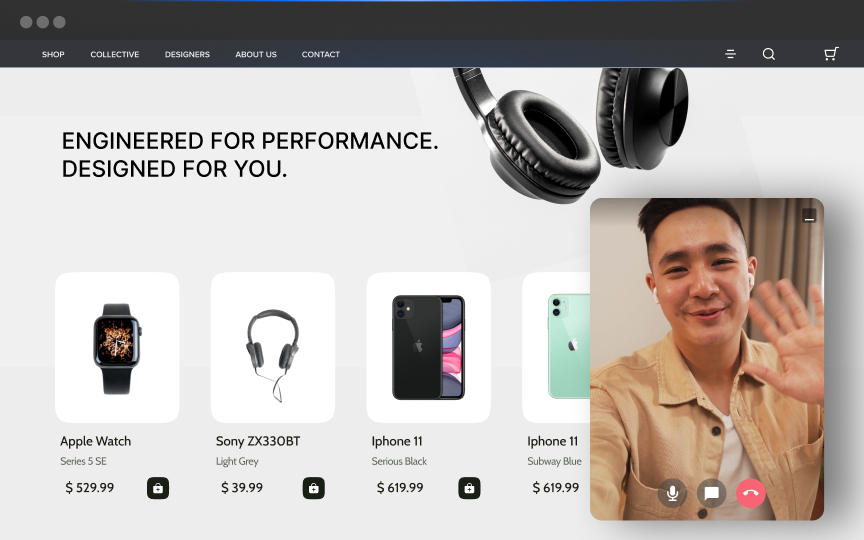


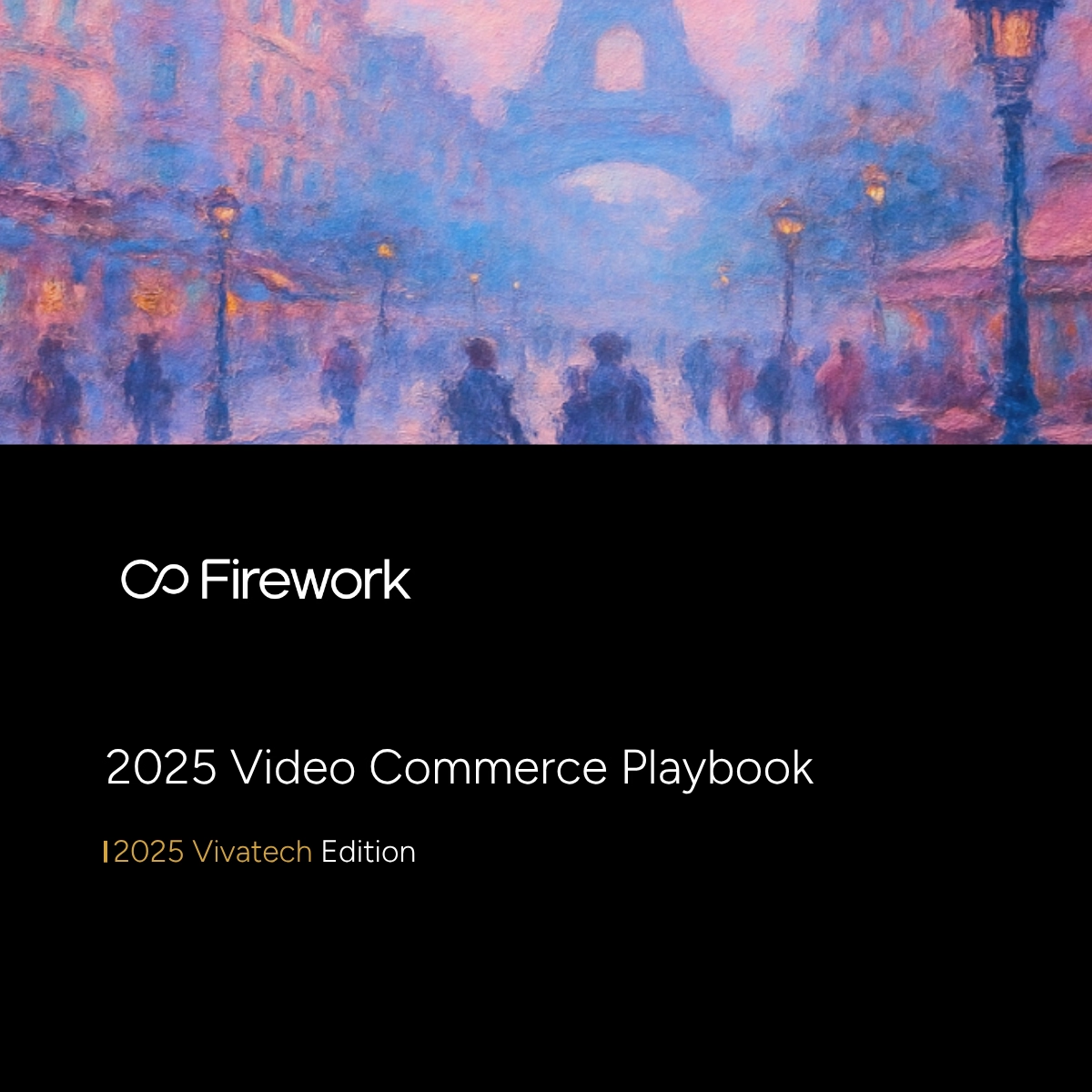




.png)




